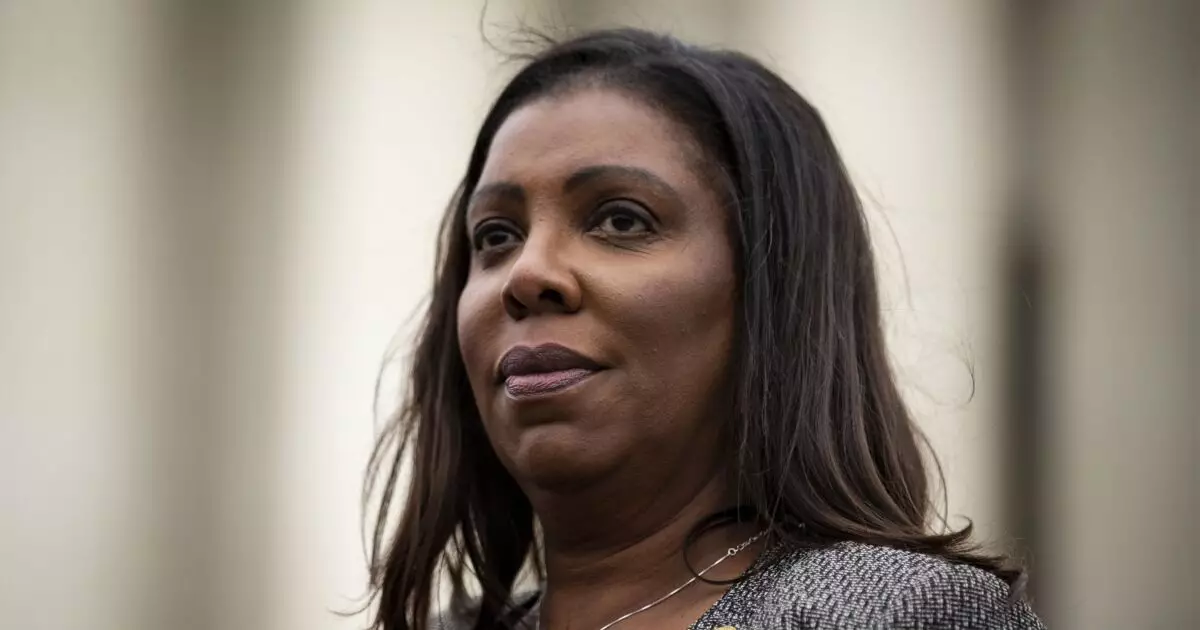The recent legal tussle involving state and federal governments surrounding the flow of federal funds highlights a burgeoning crisis in U.S. governance. A Rhode Island district court judge’s ruling against the Trump administration illustrates the escalating tensions stemming from the administration’s attempts to freeze federal funds managed by Democratic-led states that have previously benefitted from these allocations. This article delves into the decision by District Judge John McConnell, the implications of the Trump administration’s actions, and the evolving legal landscape in response to these developments.
On January 27, a controversial memo issued by the Office of Management and Budget (OMB) served as a striking catalyst for litigation when it announced a freeze on federal funds intended for states and cities. The drastic measure raised eyebrows and induced immediate legal action from multiple quarters. A coalition made up of 23 Democratic states combined forces to challenge the legality of this freeze, asserting that crucial funds for infrastructure and other vital projects were unjustly withheld. This freeze is not an isolated incident; rather, it forms part of a broader pattern of resistance from the Trump administration against the federal spending allocations properly established under President Biden’s administration.
As the federal landscape shifts, the tensions are further exacerbated by the broader political atmosphere. The Democratic states, feeling cornered by the unilateral decisions from the Trump administration, are forced to seek intervention from the judiciary to ensure continuity in the flow of necessary funding.
Judge McConnell’s decisive statement in court encapsulated the growing frustration with the administration’s actions. The judge highlighted the lack of specificity in the administration’s freeze, indicating that it was not rooted in substantial evidence but rather a sweeping categorical order that likely infringes on constitutional provisions. According to McConnell, the “clear and unambiguous” language used in his temporary restraining order emphasized the urgent need to protect the financial lifelines vital to states.
This pronouncement speaks volumes about the role of the judiciary in maintaining checks and balances within the governmental framework. It is an implicit reminder that the executive branch does not have unfettered discretion over federal funds—especially without due process or concrete indications of fraud, which McConnell pointed out were absent in this case.
In response to the ruling, the Trump administration now faces a procedural labyrinth. It has been permitted to request targeted relief against the restraining order in specific instances where it can justify its motives with solid evidence. The administration’s emphasis on rooting out perceived fraud raises significant questions about accountability, transparency, and the motivations behind the funding freeze, especially in light of its past efforts to cut funds to programs aligned with environmentally sustainable initiatives.
Moreover, Judge McConnell’s ruling is part of a larger trend, indicating that other states may rally together to counter any perceived overreach from the federal government. This could set the stage for an evolving legal environment, where state attorneys general may increasingly test the boundaries of executive power in the coming months.
Challenges in Governance and the Role of Advocacy Groups
The political climate also intensifies as advocacy groups enter the fray, echoing sentiments reflected in recent lawsuits against federal funding freezes. The complaints underscore broader concerns about resource allocation and the rights of states to access federal funds without undue hindrance. The actions from the court bolster arguments made by advocacy groups pushing against what they view as a misuse of power at the federal level.
This complicated tableau brings to light the intricacies of governance in America. With various unions taking up the challenge against the administration’s tactics and leveraging legal frameworks to safeguard resources intended for citizens, it highlights the potential for sustained legal ramifications stemming from government policy decisions.
As this saga unfolds, the judiciary’s function as a mediator between state rights and federal authority will continue to be put to the test. The outcomes of these cases will significantly shape the future of federal funding and the administration’s capacity to unilaterally impose restrictions. With ongoing legal battles on the horizon, both the political and judicial landscapes will be pivotal in shaping how governance is conducted in a divided America—bridging the gap between federal intentions and state realities.

